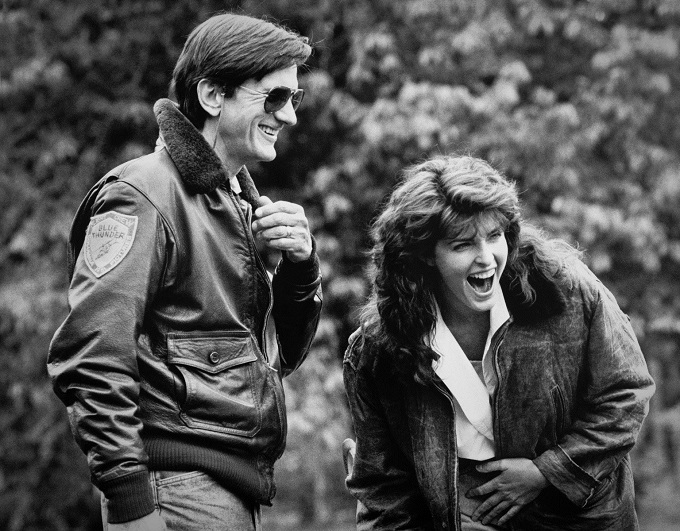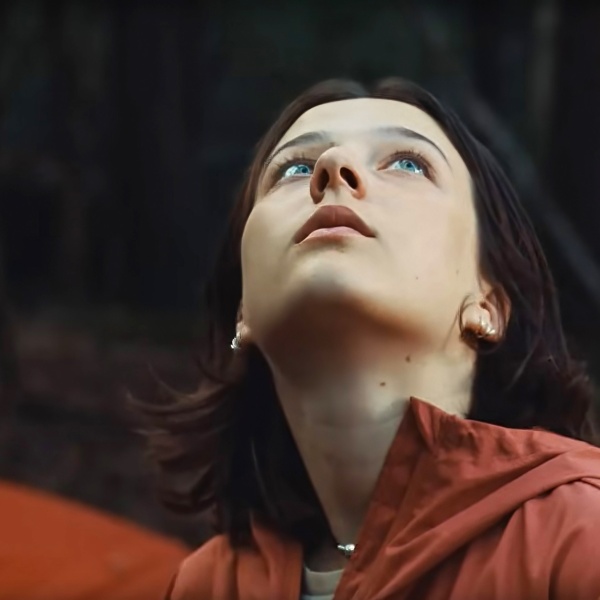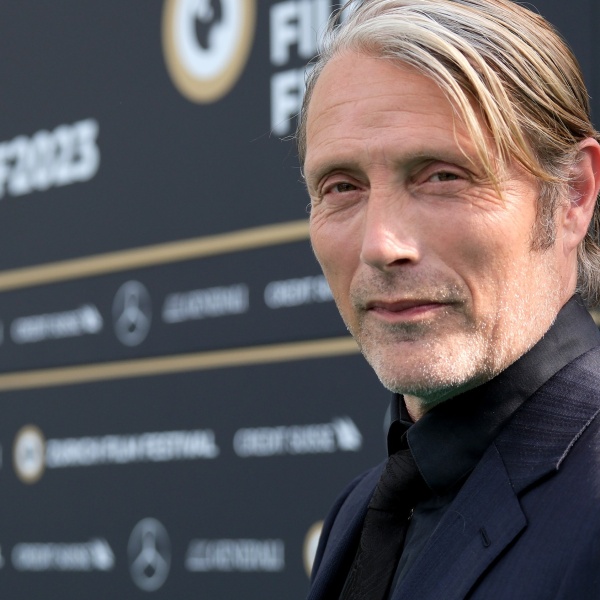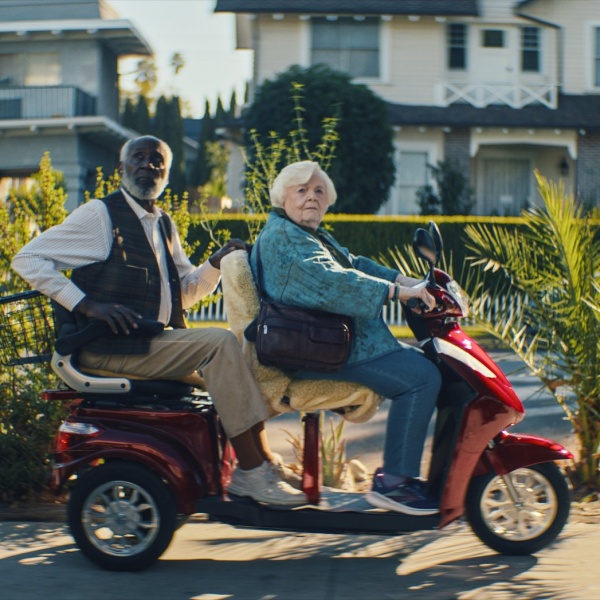John Badham, director of film favorites such as “Saturday Night Fever,” “Wargames” and “Stakeout,” over a dozen other films and many more television shows, is coming out with a new book entitled, no surprises here, “John Badham on Directing.” Now a lot of “how to” books have crossed my desk, but this is something special for several reasons. One, he has reached out to other directors such as Martha Coolidge, Christopher Nolan, Paris Barkley, Oliver Stone and Steven Soderbergh (and a couple who are no longer with us such as John Frankenheimer and Sydney Pollack) for their stories, suggestions and insights.
It’s like being in a master class on directing from the best in the business, along with commentary from actors, cinematographers and producers. It covers everything from what you want out of storyboarding,
strategies behind effective action scenes and, most of all, getting the best possible performances from actors.
Another reason this book is unique is that Badham is constantly giving credit to others and the end result is a picture of a man confident in his own abilities who has learned his lessons the hard way. The official press release calls it “an engaging look at the psychological, technical and managerial elements that go into helming a film or TV show” and it is, but it is much more that. There is no blue smoke or mirrors in this tome, just smart, practical, common sense advice from the front, not just for directors but anyone interested in filmmaking and one you will find yourself going back to, time and again.
IndieWire: What was the catalyst for writing “John Badham on Directing”?
John Badham: My first book [‘I’ll be in My Trailer: The Creative Wars between Actors and Directors’] was about working with actors and after it was published, I heard from many actors. The one commonality in their response was their distrust of directors. Why? Because too often they had been abused and treated like a slab of meat.
What’s the biggest mistake you see directors making?
They stay away from their actors and don’t create opportunities to let their actors know they care about them. The first thing I do when the cast is set is to call each actor and ask how I can help them. Even if they have no concerns, they come to work with enthusiasm because of that call. Often I will drag myself to the stage early to go into the makeup room and just see how they are doing. If there is anything wrong, it can be worked out in private and head off any drama in front of the crew or the rest of the cast.
What’s the most important lesson you have learned about directing?
So much of it is being able to open yourself up to listen to other people’s ideas — in filmmaking and in life. If we have an idea, we are kind of proud of it and sometimes we hang on to it way too hard. As a young director, if someone suggested something, I would often say I’m not going to do that and a minute later I realized it was a good idea. So I have learned to give credit to others and not to stress about it.
How do you keep the sense of ultimate authority while advocating being a collaborator who seeks out others’ ideas?
It is a difficult line to find and not easy for a young or insecure director. Over time, you get better. Dealing with human beings is not like dealing with a computer that will do what you tell it to. Human beings are
just bloody-minded and they come in with their own ideas so you better figure out how to work with them. If you are dealing with a star, they are pretty much going to do what they think is right. If you have actors and can use your leverage and authority and their reaction is quite commonly to shut down and do what you want — no more no less. Actors have the right to fail — in the best way — not to show up drunk, but if they want to try an idea during a take, it’s OK. And that is a huge comfort. One of Michael Zinberg’s great suggestions is to ask questions instead of giving orders. For instance, you can ask, “What would
you think if…” The actor immediately becomes a collaborator and they can also come up with some great ideas.
In addition to directing, you are teaching at Chapman University. What’s the most important thing you teach your students?
In my directing classes, I make the students go in front of the camera to get familiar and stay familiar with how hard this is. It is scary up there. I know for myself, I am Jack Nicholson when I am behind the camera, but in front of it, I turn to mush. It’s important for them to know what it feels like.
What do you think about the current crop of movies?
Too often character development gets skipped over and some people think they have to put in dialogue to explain the back story. Just yesterday I was on a flight back from Toronto and I re-watched the original Alien. There is minimal dialogue and the contributions of the actors is amazing. The characters are very distinct and clear; you understood them and empathized with them. In these tentpole movies we don’t care when people are blown away and we wonder why we have forgotten everything by the time we get to the parking lot. They are like the E ticket rides at Disneyland where you get a thrill for the moment, but there is little left when you walk away.
What other director’s movies do you particularly like?
Some of my favorite films are from the Coen brothers. I realize when I am teaching how often I go to scenes from their movies. Their characterizations are so complex and there is a richness to their storytelling.
Before we end, I have to ask you about Mary Badham, who played Scout in “To Kill a Mockingbird.” I have interviewed her, but never realized she was your sister.
I was a student at Yale when she was cast in the movie. Something like several thousand girls were looked at for the role so of course I was very proud of her. But at the time, it was a bit like little sister 10, big brother 0. She was the first one in the family to break into movies.




